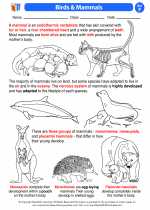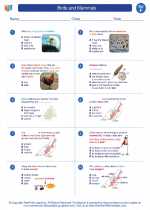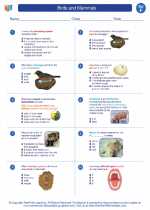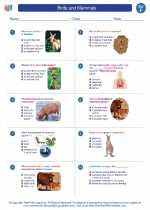Types of Ecological Succession
There are two main types of ecological succession:- Primary succession: This type of succession occurs in an area that has been completely devoid of life, such as bare rock or a newly formed volcanic island.
- Secondary succession: This type of succession occurs in an area where the existing community has been partially or completely destroyed, but the soil remains intact. This can result from events like forest fires, floods, or human activities like deforestation.
Stages of Ecological Succession
Ecological succession typically follows a series of stages:- Pioneer stage: The process begins with the colonization of the area by pioneer species, such as lichens and mosses in terrestrial ecosystems, or phytoplankton in aquatic ecosystems. These species are able to thrive in harsh, barren environments and begin the process of soil formation.
- Intermediate stage: As the pioneer species die and decompose, they contribute to the development of organic matter in the soil, making it more hospitable for other plant species. Grasses, shrubs, and small trees may start to establish themselves in this stage.
- Climax community: Eventually, a stable and diverse community of plants and animals, known as the climax community, becomes established. This community is in equilibrium with the prevailing environmental conditions and represents the final stage of succession. The specific climax community that develops depends on factors such as climate, soil type, and geographical location.
Factors Influencing Ecological Succession
Several factors can influence the process of ecological succession:- Climate: Temperature, precipitation, and other climatic factors play a significant role in determining the species that can colonize an area and the rate of succession.
- Soil development: The formation and development of soil are critical for supporting plant growth and influencing the types of species that can become established in an ecosystem.
- Disturbance: Natural disturbances such as wildfires, hurricanes, and volcanic eruptions, as well as human activities like logging and agriculture, can reset the succession process and influence the composition of the resulting community.
- Species interactions: The interactions between different species, such as competition, predation, and mutualism, can shape the trajectory of succession in an ecosystem.
Human Impacts on Ecological Succession
.◂Science Worksheets and Study Guides Sixth Grade. Birds and Mammals
Study Guide Birds and Mammals
Birds and Mammals  Activity Lesson
Activity Lesson Birds & Mammals
Birds & Mammals  Worksheet/Answer key
Worksheet/Answer key Birds and Mammals
Birds and Mammals  Worksheet/Answer key
Worksheet/Answer key Birds and Mammals
Birds and Mammals  Worksheet/Answer key
Worksheet/Answer key Birds and Mammals
Birds and Mammals  Worksheet/Answer key
Worksheet/Answer key Birds and Mammals
Birds and Mammals  Vocabulary/Answer key
Vocabulary/Answer key Birds and Mammals
Birds and Mammals  Vocabulary/Answer key
Vocabulary/Answer key Birds and Mammals
Birds and Mammals  Vocabulary/Answer key
Vocabulary/Answer key Birds and Mammals
Birds and Mammals  Vocabulary/Answer key
Vocabulary/Answer key Birds and Mammals
Birds and Mammals  Vocabulary/Answer key
Vocabulary/Answer key Birds and Mammals
Birds and Mammals 

 Activity Lesson
Activity Lesson
 Worksheet/Answer key
Worksheet/Answer key
 Worksheet/Answer key
Worksheet/Answer key
 Worksheet/Answer key
Worksheet/Answer key
 Worksheet/Answer key
Worksheet/Answer key
 Vocabulary/Answer key
Vocabulary/Answer key
 Vocabulary/Answer key
Vocabulary/Answer key
 Vocabulary/Answer key
Vocabulary/Answer key
 Vocabulary/Answer key
Vocabulary/Answer key
 Vocabulary/Answer key
Vocabulary/Answer key

The resources above cover the following skills:
LIFE SCIENCE
From Molecules to Organisms: Structures and Processes